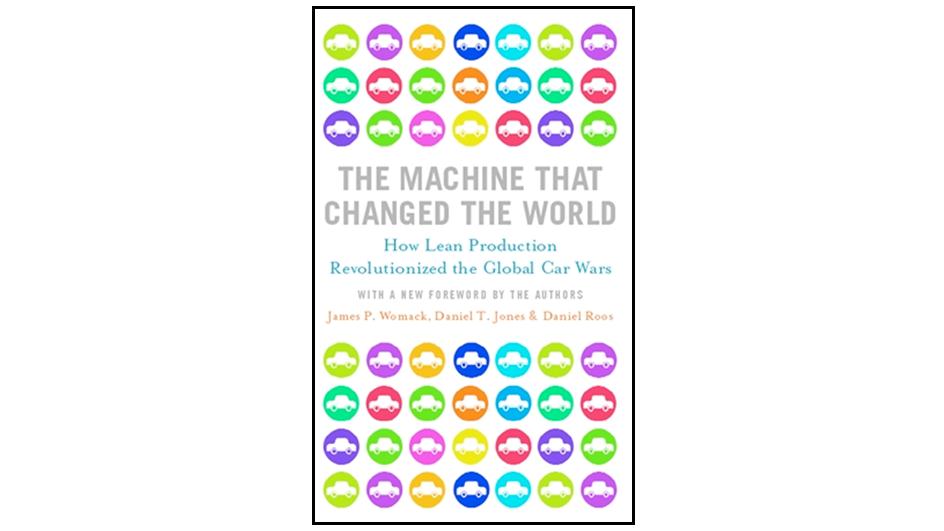On our trip to Japan to launch The Machine that Changed the World in 1990, the Chairman of Toyota, Dr Soichiro Toyoda, told me “The only competitors we really fear are the Germans, if they ever learn to work together”. I have used this quote many times since then to provoke and challenge German audiences. But I am coming to think this is a more profound comment about all of us that throws light on a fundamental threshold with lean practice that we ignore at our peril.

Indeed I think it is not an exaggeration to think that those who master the art of getting people from different perspectives to really work together to significantly improve performance or to solve a clearly defined problem will be the winners in the next decade. Turning a blind eye to these opportunities is not just because of the growing individualisation of our society but also because our modern management systems measure and incentivise departmental or business unit performance, on the false assumption that keeping every asset busy adds up to the optimum performance of the whole.
Time and again lean thinkers can demonstrate this falls way short of what is possible. I was reminded about this the other day when talking to a meeting of plant managers from a global multinational. Although they are making good progress with lean inside their plants, for instance reducing throughput time from 30 days to 4 days, they readily admitted that their supply chains were still between 200 and 300 days long. But that was the responsibility of another department!
It did not take long to demonstrate how it would be possible to reduce this 200-300 days for most of their products to 20-30 days, saving enormous amounts of cash tied up in inventories, plus the extra cost of managing them and the armies of planners correcting forecasts etc., quite apart from the capital saved in not having to build more capacity. I am also sure they could increase sales by responding to every customer on-time every-time with no invoice errors. We will see whether their top management has the vision to give the responsibility for achieving this to a value stream manager leading a cross-departmental team, and stand willing to resolve the inevitable conflicts between departmental objectives and the needs of the supply chain.
This is in principle no different from our current experiment making a value stream manager responsible for the door to door flow of emergency patients through a hospital. Yes it challenges existing management structures and behaviours. However in this case department heads and senior clinicians are becoming more convinced that this is the only way to link up lean improvement activities across the hospital to achieve their performance targets.
But beyond the discharge lounge of the hospital lies another challenge. Many patients need packages of care to be in place before they can be discharged. Yet this involves several different government organisations, who inevitably have their own interests and procedures. Getting these aligned is a major distraction for discharge nurses and a major reason for patients having to stay in hospital longer than necessary.
Many years ago there was a movement for “joined up government” that seems to have run into the sand. Yet I recently heard a great story from a group of local government agencies and departments who had linked up to address the growing problem of the long term unemployed in their area. With top management support they brought together a cross agency team which started by collectively defining the specific problem to be solved for this group, then looked at all the steps of the process of getting them the support they needed, and then how this would change the way they needed to work together across their organisations to deliver this.
In all kinds of situations lean can help cross departmental or cross organisational teams to define the shared problem or performance gap to be closed, it can help them to design the right processes to solve or close it and can help them focus the work of everyone involved most effectively using lean visual project management. This is the only way to break through the constraints of our current management systems and organisational boundaries and realize the full potential of lean.